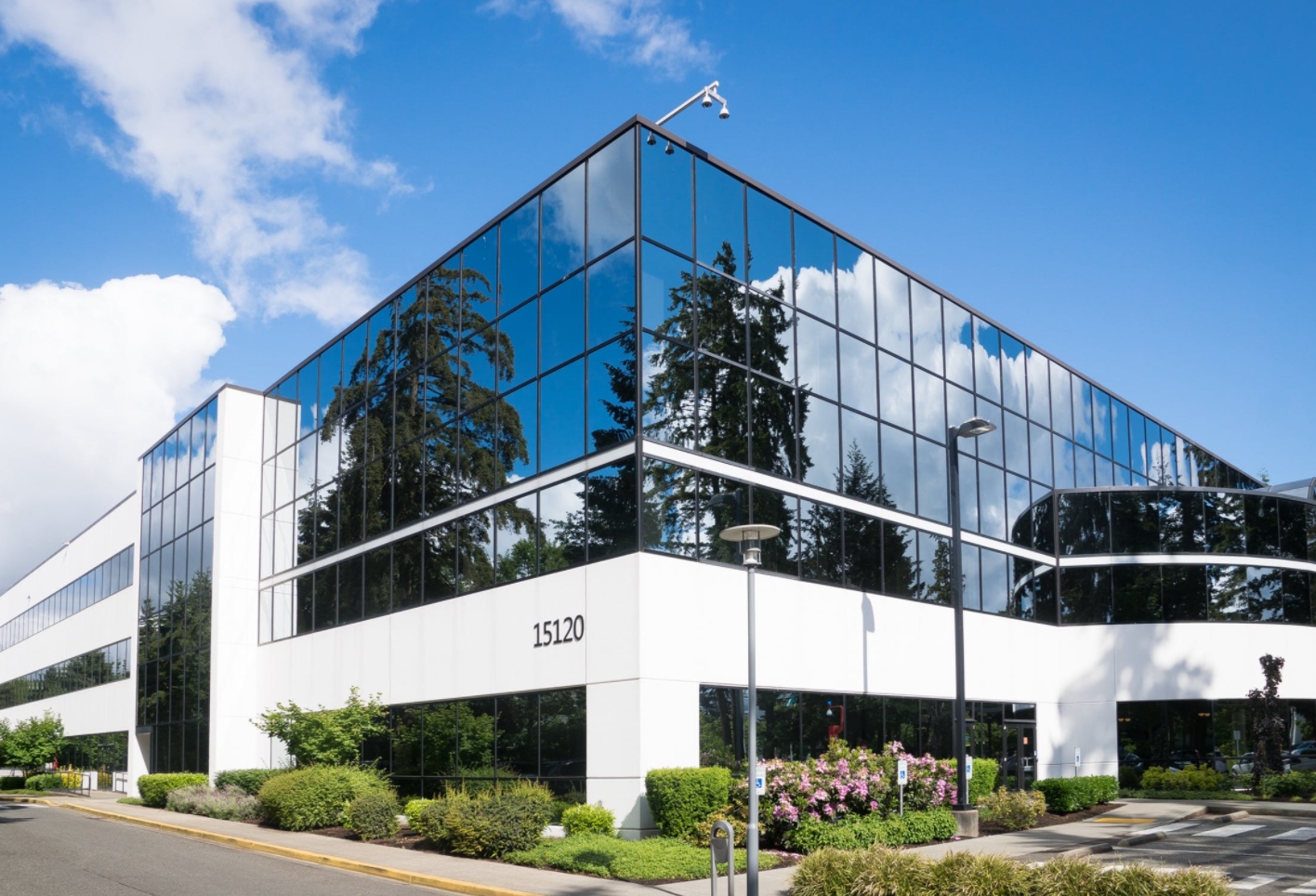Introduction
Meet John Doe, a seasoned real estate analyst with over 20 years of experience in the commercial real estate lending industry. His insights have shaped investment strategies and influenced key decisions in the market. John’s expertise lies in identifying profitable investment opportunities, assessing market trends, and providing strategic advice to clients. His deep understanding of the industry dynamics and his ability to foresee market changes have earned him a reputation as a trusted advisor in the field.
Understanding Commercial Real Estate Lending
Commercial real estate lending is a complex field with numerous players. It involves the provision of loans secured by real estate properties to fund the acquisition, development, or renovation of these properties. The industry is characterized by its dynamism, with the landscape constantly changing due to economic conditions, regulatory changes, and technological advancements. Lenders assess a variety of factors such as the borrower’s creditworthiness, the value of the property, and the potential return on investment before approving a loan.
The Power Players in the Industry
The power players in commercial real estate lending are typically large banks, insurance companies, and private lenders. These entities have the financial capacity to fund large-scale real estate projects and often have a significant influence on the direction of the market. They are known for their strategic investments, rigorous risk assessment processes, and innovative financing solutions. For instance, Company A, a leading bank, has been instrumental in financing several high-profile commercial real estate projects in recent years.

The Role of Market Analysts
Market analysts play a crucial role in commercial real estate lending. They monitor market trends, analyze economic data, and provide valuable insights that guide investment decisions. Their analyses often influence the strategies of lenders and investors, shaping the dynamics of the industry. For example, an analyst might identify an emerging trend in office space demand, prompting lenders to invest in office building projects.
The Impact of Economic Factors
Economic factors significantly influence commercial real estate lending. Interest rates, inflation, and economic growth rates are just a few of the macroeconomic indicators that lenders consider when making investment decisions. These factors can affect the profitability of real estate investments and the risk profile of lending activities. For instance, a rise in interest rates might make borrowing more expensive, potentially slowing down the real estate market.
Case Study: A Successful Commercial Real Estate Deal
Consider the case of a recent commercial real estate deal in Manhattan. A large bank provided a loan for the development of a mixed-use property in the heart of the city. The project was a success, generating substantial returns for the lender and contributing to the revitalization of the neighborhood. This case study illustrates the potential for profitable investments in commercial real estate and the role of lenders in facilitating these deals.
The Future of Commercial Real Estate Lending
The future of commercial real estate lending looks promising. With advancements in technology, the emergence of new financing models, and the increasing demand for real estate, the industry is poised for growth. However, lenders will need to navigate challenges such as regulatory changes and economic uncertainties. For instance, the rise of fintech companies is disrupting traditional lending models, forcing established players to innovate and adapt.










